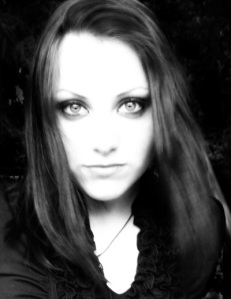So, here’s a concept I think is mostly true, even if what follows is greatly exaggerated.
The concept: Popular photography is getting worse each time.
By “popular” I mean, the sort of pictures people take on holiday. Here’s a brief history of popular photography during my lifetime, with examples:
- 70’s. Pictures are perfect. Everyone has a nice, fixed angle camera with decent optics. Prints and film are somewhat expensive, so people have to think about what to photograph.
- 80’s. Now, zooms are all the rage, you just have to have one. Of course, optics are now crap, so the pictures tend to come out blurry and washed out. Plus, people don’t really get when to use telephoto and when to use wide angle, except for the basic “it’s far away, so use tele”. Case in point: portraits are still taken in wide angle, since the subject is close-by, with the corresponding very unflattering distortion. (OK, that was done before too).
- 80’s again. On top of that, you are supposed to have this horrible flash light, which lets you take photos where you should not and need not. As a consequence, and since nobody knows how to prevent the darned light from flashing, cameras are forbidden all over the world. Let’s not mention the “red eye” phenomenon (fixable with a simple pen, by the way).
- (late) 90’s. Here come digital cameras! Film technology has never been better, but is quickly abandoned. Same crappy optics, but now photos are cheap! Now, instead of having to stand about 100 photos of your relatives’ vacation, you have to stand about 1000 (on a TV set, that is). Because, now as usual, people can’t “throw away” precious photos, they have to keep them all, and show them all (and, no cropping, either).
- 21st century. The last trend is digital SLRs, which are now relatively affordable. This idea is that you’ll get better pictures with a better camera. The sad truth is, manufactures try to prevail in the price war by providing crappy optics. It does not matter if you carry around a Canon or a Nikon if you mount the 35-80 4.5-5.6 lousy zoom that comes in the box.
OK, this was overtly negative, but it was meant to be ironic. Of course there has been progress, but I get the feeling, looking at those gorgeous old black and white photos, not so much has been gained.
TO DO: photo examples of these:
- nice old b&w photos
- wide-angle unflattering portraits
- bad optics
- photos that are begging to be cropped (or, just discarded)



